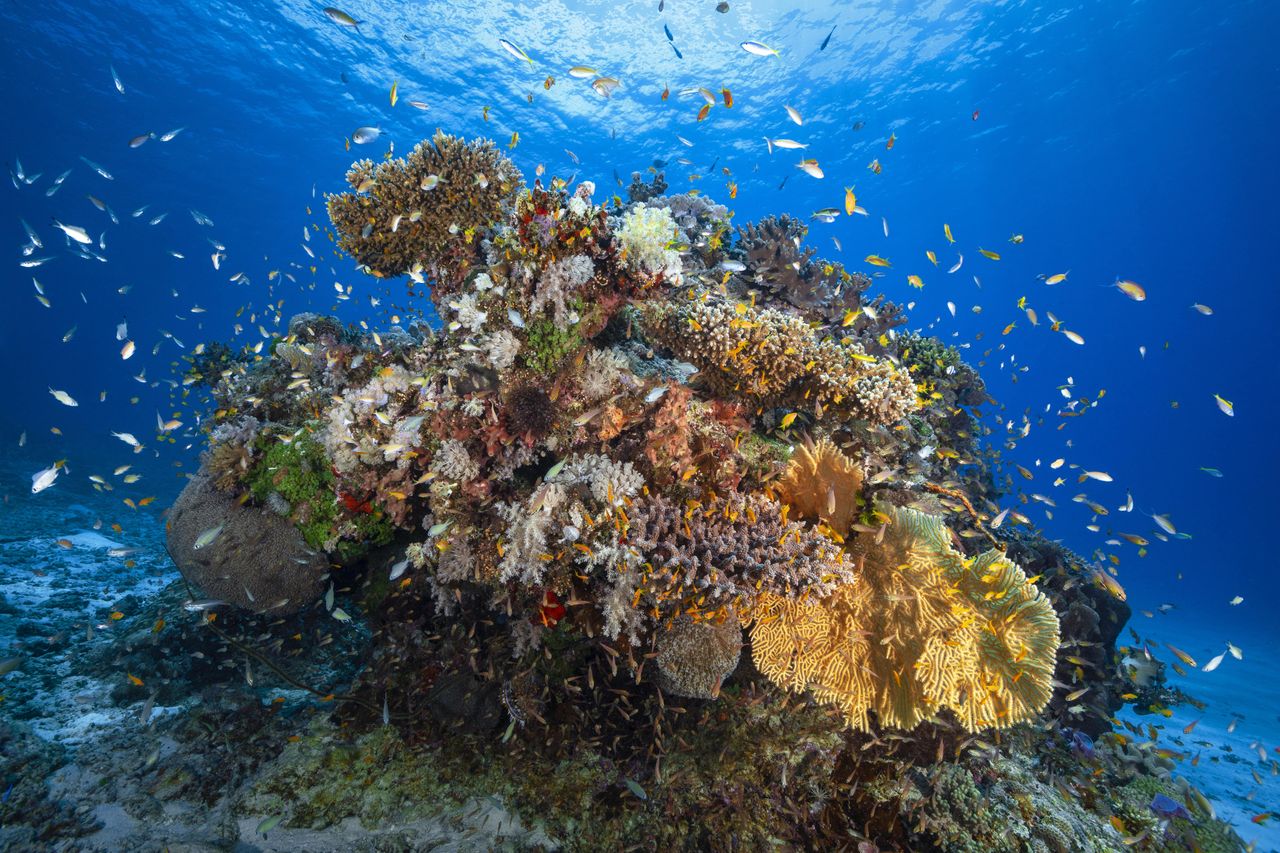)
28
Nov 24
Adapting To The Future: Nature’s Resilience In A Changing Climate
In the face of climate change, resilience has become a crucial lens through which we view ecosystems, communities, and individuals. Nature has evolved to adapt and recover over millennia, but as global temperatures rise and ecosystems are confronted with unprecedented stresses, resilience is being tested like never before. In this article, we explore how ecosystems like coral reefs and fire-prone forests show resilience to climate change and why safeguarding their adaptability is vital for the future of our planet.
by Hélène Katz

Despite their resilience, mangroves face growing challenges from climate change.
© Uli Kunz / Malizia Mangrove Park

Often referred to as the rainforests of the sea, coral reefs also protect coastal regions and are among the most biodiverse ecosystems on the planet.
© Gaby Barathieu / Ocean Image Bank

Night operations on the Pine Gulch Fire in Colorado, 2020
© Kyle Miller, Wyoming Hotshots, USFS

Sea ice melt ponds in the Arctic Ocean
© Kathryn Hansen / NASA

As Boris will soon navigate the Southern Ocean, we are reminded of the strength it takes to endure and adapt to challenges and the importance of ambitious climate action.
© Jean Marie Liot I IMOCA I Team Malizia